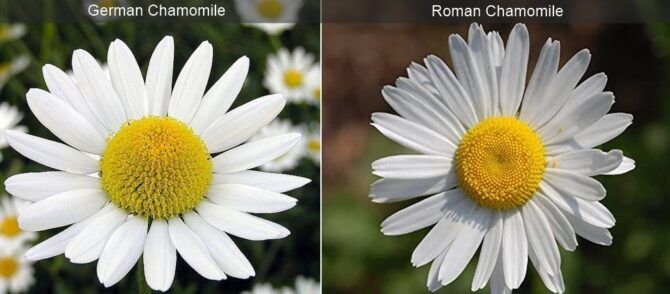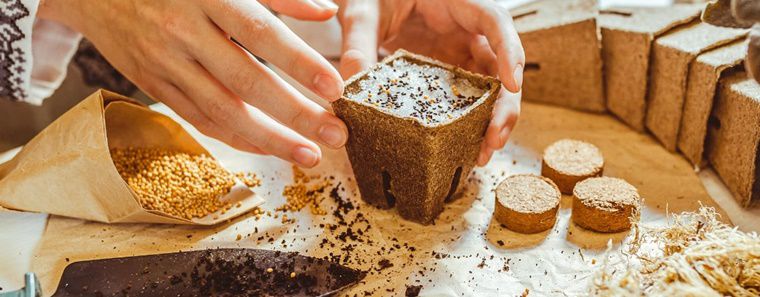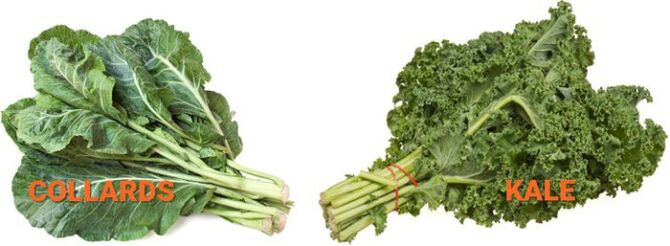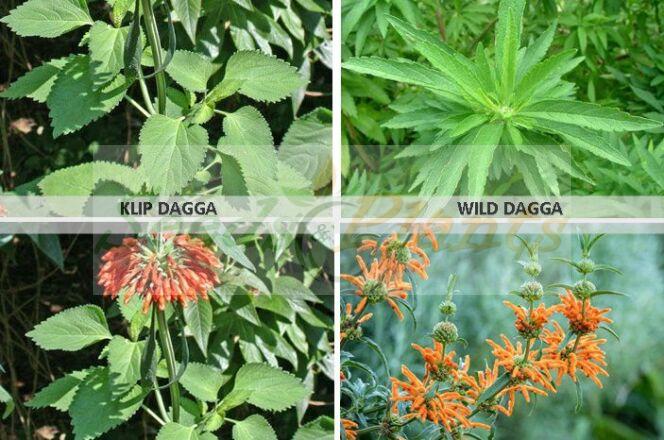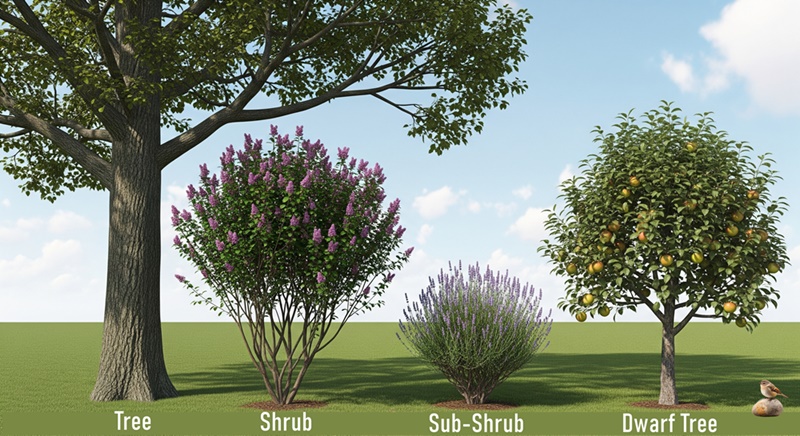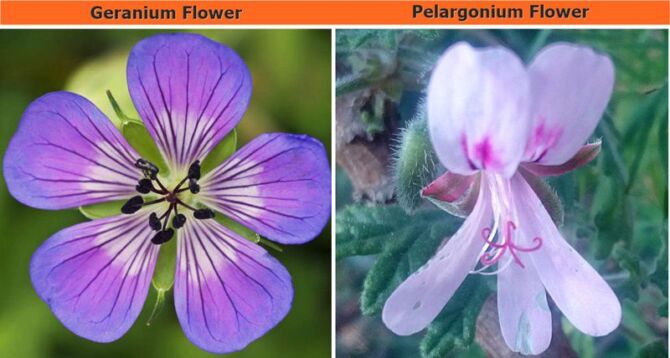Gardening Tips
German Chamomile versus Roman Chamomile
German Chamomile versus Roman Chamomile – The difference between the two types of Chamomiles.
Chamomile is a member of the daisy family (Asteraceae) and is best known for its soothing and calming properties and its fruity, apple-like flavor. Chamomile is documented through Egyptian, Roman, and Greek history as one of the most ancient medicinal herbs. There are two different types of Chamomile, and they are often confused with each other.
What are the differences between German Chamomile and Roman Chamomile?
Roman Chamomile (Chamaemelum nobile) Growth Habit and Plant Description:
-
Roman chamomile native to Western Europe and North Africa. It is mostly grown commercially in Argentina, England, France, Belgium and the United States.
- It is a low growing perennial groundcover.
- It grows in part shade to a height of about 30 cm and spreads by rooting stems.
- Roman chamomile has hairy stems, which produce one flower atop each single stem. The flowers have white petals and yellow, slightly rounded discs. The flowers are about 15-30 mm in diameter.
- Roman chamomile’s foliage is fine and feathery.
German Chamomile (Matricaria recutita) Growth Habit and Plant Description:
-
German chamomile is native to Europe and Asia, and is cultivated for commercial use in Hungary, Egypt, France, and Eastern Europe.
-
It is an annual which can self-sow profusely.
- It is a more upright plant at 60 cm tall and does not spread out like Roman chamomile.
- German chamomile also has fine fern-like foliage, but its stems branch out, bearing flowers and foliage on these branching stems.
- German chamomile has white petals which droop down from hollow yellow cones. The flowers are 12-24 mm in diameter.
Roman Chamomile Medicinal Benefits:
- It has analgesic, antiseptic, anti-spasmodic, carminative, digestive, diuretic, emmenagogue, febrifuge, hepatic, nervine, sedative and stomachic properties.
- It is can relieve menstrual conditions such as cramps and mood swings.
German Chamomile Medicinal Benefits:
- It has Analgesic, ant-allergenic, anti-inflammatory, antiseptic, anti-spasmodic, anti-viral, digestive, diuretic, emmenagogue, hepatic, nervine and sedative properties.
- It is a powerful anti-inflammatory due to the high levels of Azulene in the plant.
Disclaimer
Medicinal Information:
All medicinal information on this website is for educational and informational purposes only and may not be construed as medical advice. The information is not intended to replace medical advice or treatment offered by healthcare professionals.
Seeds, Plants, Plant Cuttings, Geophytes and Dried Herbs:
In some countries and provinces, certain plants are deemed as invasive and are not allowed to be planted at all, whilst some plants are allowed to be grown only in certain areas or provinces. The onus is on you as the buyer to familiarize yourself with the regulations pertaining to your location, before purchasing any of our seeds, plants, plant cuttings, geophytes or dried herbs. We will not be held liable, should you purchase any seeds, plants, plant cuttings, geophytes or dried herbs. from us which are prohibited in your country or province.

